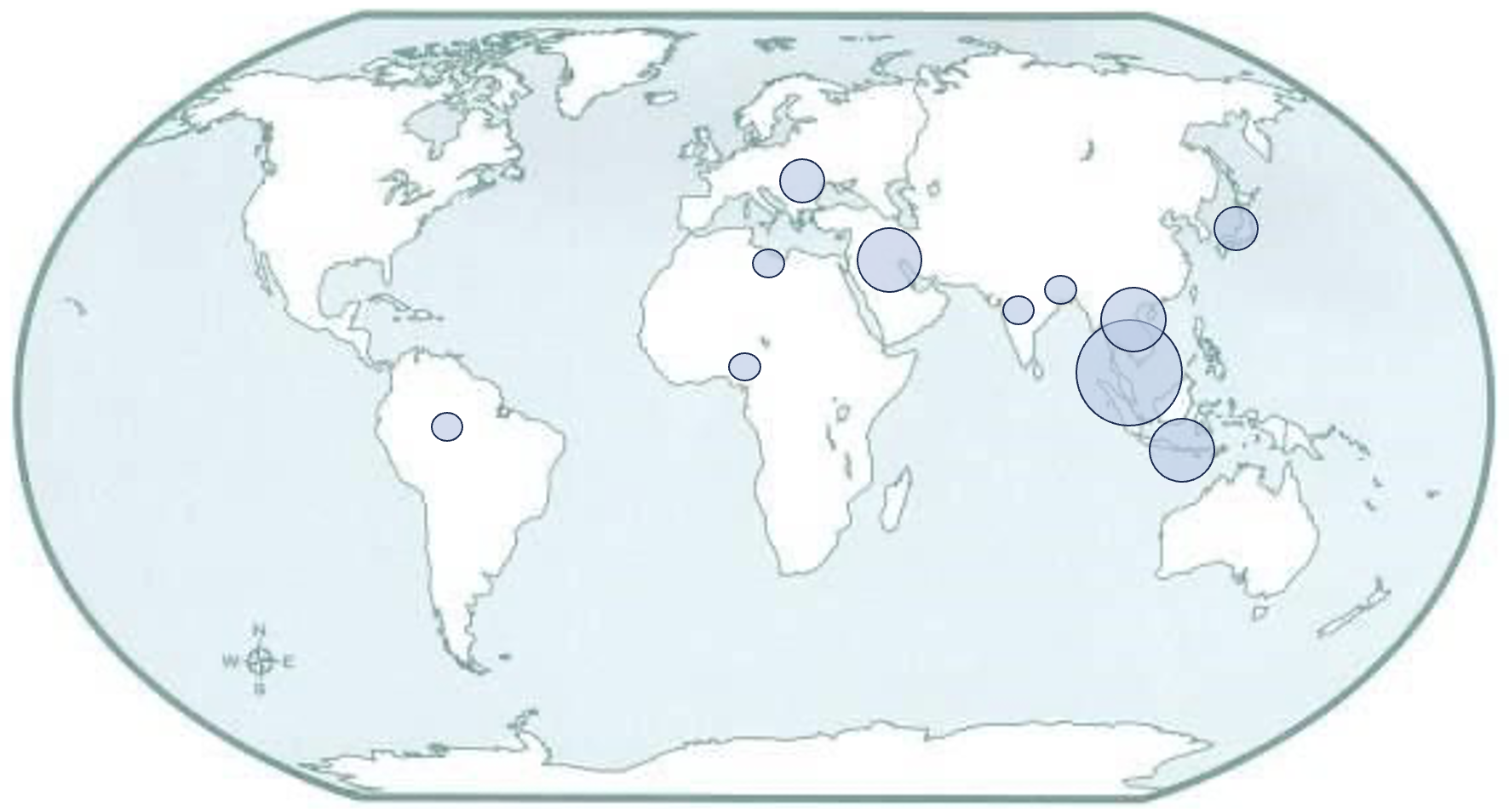Microbial Use as an Agent to Improve the Durability of Sub-Structure Concrete: A Comprehensive Structured Review
DOI:
https://doi.org/10.37934/armne.26.1.123136Keywords:
Microbial, durability, substructure, concreteAbstract
The increasing degradation of sub-structure concrete due to environmental factors and aging has intensified the need for innovative and sustainable solutions to enhance its durability. To increase the longevity of sub-structure concrete, microbial use is becoming more and more important. One key technique in this exploration of the literature is Microbial-Induced Calcium Carbonate Precipitation (MICP). We reviewed over 50 peer-reviewed journal articles and conference papers published between 2020 and 2024, selecting those that specifically address microbial applications in concrete. To achieve this, we conducted an extensive search of scholarly articles from reportable databases, such as Scopus, IEE, and Science Direct, focusing on studies from 2020 to 2024. The flow of studies is based on the PRISMA framework. Our methodology involved analyzing the effectiveness of microbial treatments in extending the service life of concrete through qualitative and quantitative data synthesis. The studies found that n=29 final primary data was analyzed. The finding was divided into three themes, which are (1) Microbial Applications in Soil and Foundation Crack Stabilization, (2) Microbial Applications in Concrete and Construction Materials and (3) Advanced Microbial Technologies and their Impacts. Additionally, this study demonstrates the environmental sustainability of microbial applications compared to traditional chemical-based methods. The review concludes that while using microbes in concrete shows significant potential for enhancing durability and sustainability, further research is required to optimize these biological processes for mainstream construction practices and assess long-term of their impacts. This study lays the groundwork for future investigations into scalable microbial solutions, aiming to revolutionize the construction industry’s approach to prolonging the lifespan of concrete infrastructures.
Downloads

























